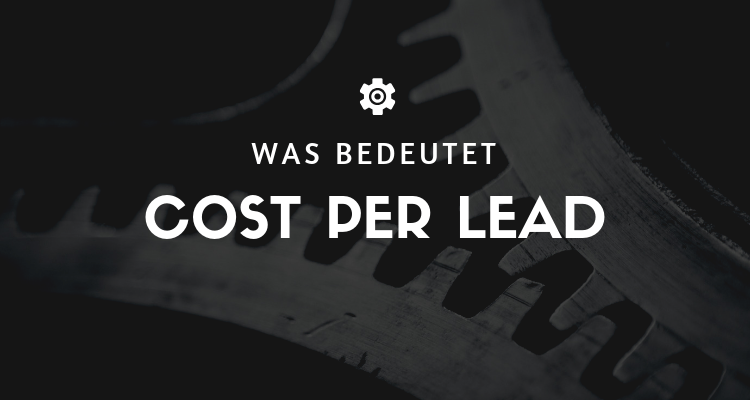What does Cost Per Lead mean?
The key figure Cost per lead indicates how cost-effective your marketing campaigns are in generating new leads for your sales team. A lead is a person who has expressed interest in your product or service through a given interaction. This metric is closely related to other important business metrics, such as the cost of acquiring new customers. The purpose of this metric is to provide your marketing team with a tangible value to help them understand how much money is appropriate to spend on acquiring new leads.
The key figure Cost per lead also provides important data that you can use for your return on marketing investment calculation. In fact, each stage of the sales funnel should be linked to similar metrics, such as cost per visitor and cost per sale. Similarly, these metrics can be used to analyze individual campaigns such as AdWords, Banner advertisingsocial media ads or the sum of your marketing activities.
Cost per lead example
Below you will find an example:
Imagine that a company spent $100 on your pay-per-click (PPC) campaign and 10 users convert into leads:
Cost Per Lead = 100€/10
= 10€
If these costs are too high for the advertising campaign of your product or service, you need to adjust the corresponding pay-per-click (PPC) campaigns appropriately. The cost per click varies widely by industry. Accordingly, for example, a company selling luxury cars will aim for a different value for the cost of a prospect than, say, a toy store.
Cost Per Lead Benchmarks
The cost per lead varies significantly across industries. Here are some expert tips and rules of thumb:
- Cost per lead Success indicators
The ultimate goal, of course, is to minimize your cost per lead. Low cost per lead with a high volume of quality leads is a good indicator that your campaign is doing well, but if your cost per lead is too high, it's extremely difficult to justify continuing the campaign. - How to monitor the cost per lead in real time
Once you have key figures to measure the Cost Per Lead you should set up processes to monitor these and other marketing KPIs. Dashboards can be very beneficial in this regard, as you can clearly analyze all the essential factors.






 By
By 